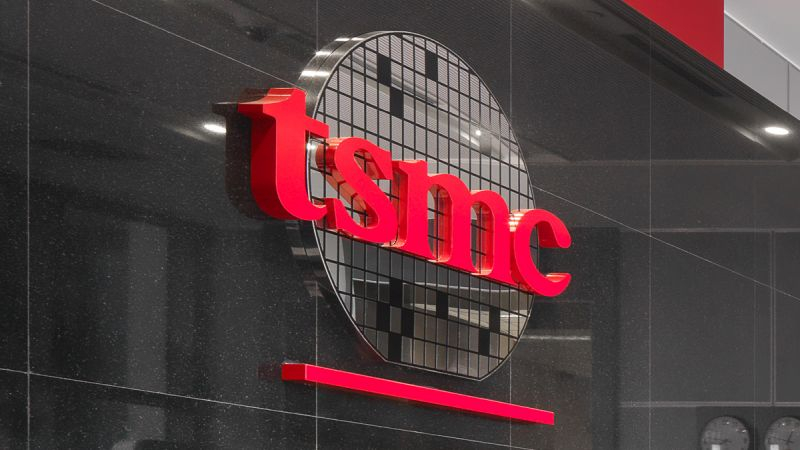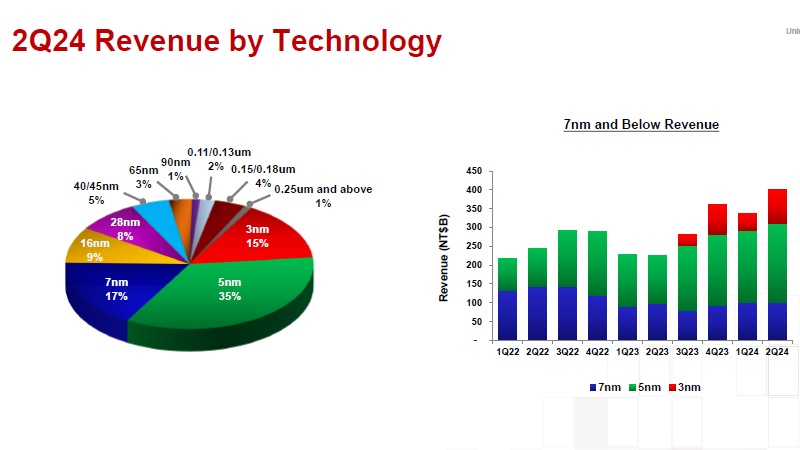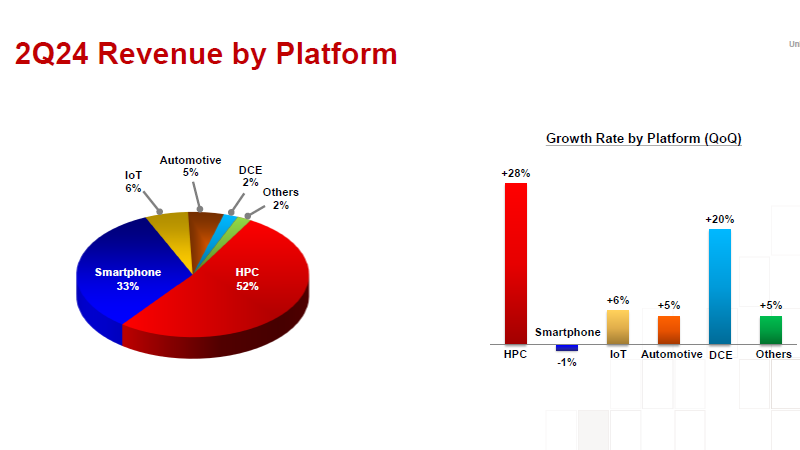TSMC’s June statistics published yesterday made it possible to preliminary calculate the amount of quarterly revenue, and official reports released today confirmed that the company’s revenue over the past three-month period grew by 32.8% in dollar terms to $20.82 billion. This is higher than analysts’ expectations and slightly higher than preliminary results , calculated based on the results of June.

Image source: TSMC
In Taiwan’s local currency, TSMC’s second-quarter revenue rose an even 40.1% and increased sequentially by 13.6%, while the company’s US dollar-denominated quarterly revenue growth was limited to 10.3% sequentially. The company’s net profit for the second quarter grew stronger than expected, by 36.3% to $7.6 billion in terms of current exchange rates. As noted the day before, analysts on average expected revenue growth to be 32%, and net profit, according to their forecasts, was expected to increase by 30%. Unfortunately for investors, TSMC’s generally favorable quarterly report comes at a time when the geopolitical situation is not conducive to increased confidence among stock market participants in the safety of investments in the Taiwanese economy.
Compared to the second quarter of last year, TSMC also increased its operating expenses by 20.8%, and this impacted its profit margin, which fell from 54.1% to 53.2%. Accordingly, the company’s net profit margin for the year decreased from 37.8 to 36.8%, but the company managed to increase its operating profit margin from 42 to 42.5%. The number of silicon wafers shipped in the quarter grew 3.1% sequentially and 7.2% year-over-year to 3.12 million units in the 300mm equivalent size.

Strong demand for advanced technological processes drove the company’s revenue upward in the second quarter. As noted in the reports, TSMC received 67% of its total revenue during the period from the supply of products manufactured using 3-nm (15%), 5-nm (35%) and 7-nm (17%) technology standards. If in the first quarter the share of 3nm products in TSMC’s revenue structure did not exceed 9%, then in the second it increased to 15%. For 5nm products, the local peak was the first quarter of this year, since in the second quarter its share in the revenue structure decreased from 37 to 35%. In the case of the 7nm process technology, a long-term downward trend in demand is obvious, since a year ago it formed 23% of TSMC’s revenue, and in the first quarter of the current one it dropped to 19%, only to be limited to 17% of revenue in the second.
The growth in demand for components for the high-performance computing segment, including for AI systems, is obvious, since in the second quarter they formed 52% of the company’s revenue, although a year ago their share accounted for only 44%. Even sequentially, this part of TSMC’s revenue grew from 46 to 52%. Due to seasonal factors and the recent crisis in the market, smartphones were unable to increase their share from last year’s 33%, although in the first quarter of this year it reached 38%. In general, TSMC’s revenue in the HPC segment grew sequentially by 28%, which indicates high demand for components for artificial intelligence systems. In the smartphone segment, it consistently declined by 1%.

The automotive segment in this regard contributed 5% sequentially to revenue, but its share of the company’s total revenue fell from 8% to 5% over the year. The slowdown in demand for electric vehicles appears to have impacted TSMC’s business as well. The Internet of Things segment added 6% sequentially to revenue, but its share fell from 8% to 6% over the year. The consumer electronics segment, although content with two percent of TSMC’s revenue, sequentially added 20% in the second quarter.
From a geographic point of view, North America remains TSMC’s priority market, which accounted for 65% of the company’s revenue in the last quarter. This is slightly less than 66% of the same period last year, and compared to the first quarter of 2024, the region’s share decreased by four percentage points. China’s positive dynamics are difficult to dispute. If a year ago this country determined only 12% of TSMC’s revenue, then in the second quarter of the current one it increased its share to 16%. True, in the first quarter of this year there was a decline in China’s share to 9%. The countries of Europe, the Middle East and Africa influence TSMC’s revenue less and less; over the year their share decreased from 7 to 4%, and Japan fell from the same position by 6%. Asia-Pacific grew year-on-year from 8% to 9%, but in the first quarter of this year its share jumped to 12%.
TSMC’s capital expenditures in the second quarter amounted to $6.36 billion, and since the beginning of the year the company has allocated $12.13 billion for these needs. In April, TSMC management said that it does not intend to change the forecast for the amount of capital expenditures for the entire 2024, and plans to meet in the range from $28 to $32 billion. At today’s reporting event, the head of TSMC, C.C. Wei, confirmed that the company maintains its forecast for annual revenue, providing for its growth of 21–25% relative to 2023.